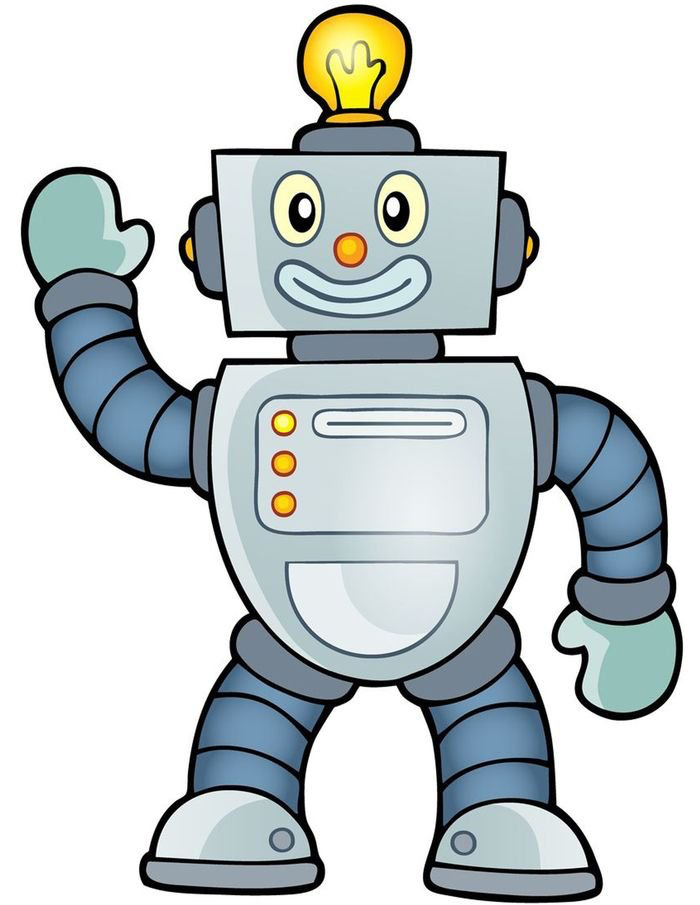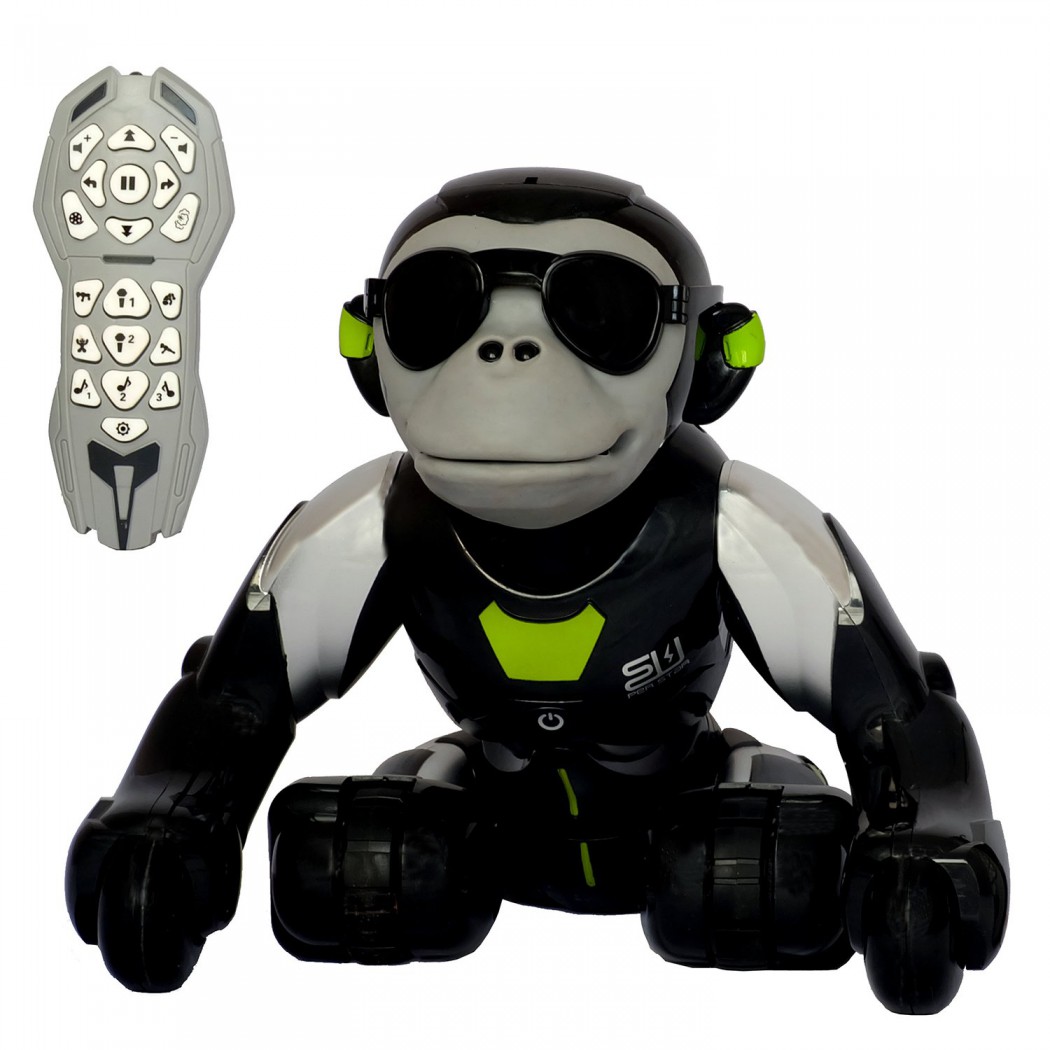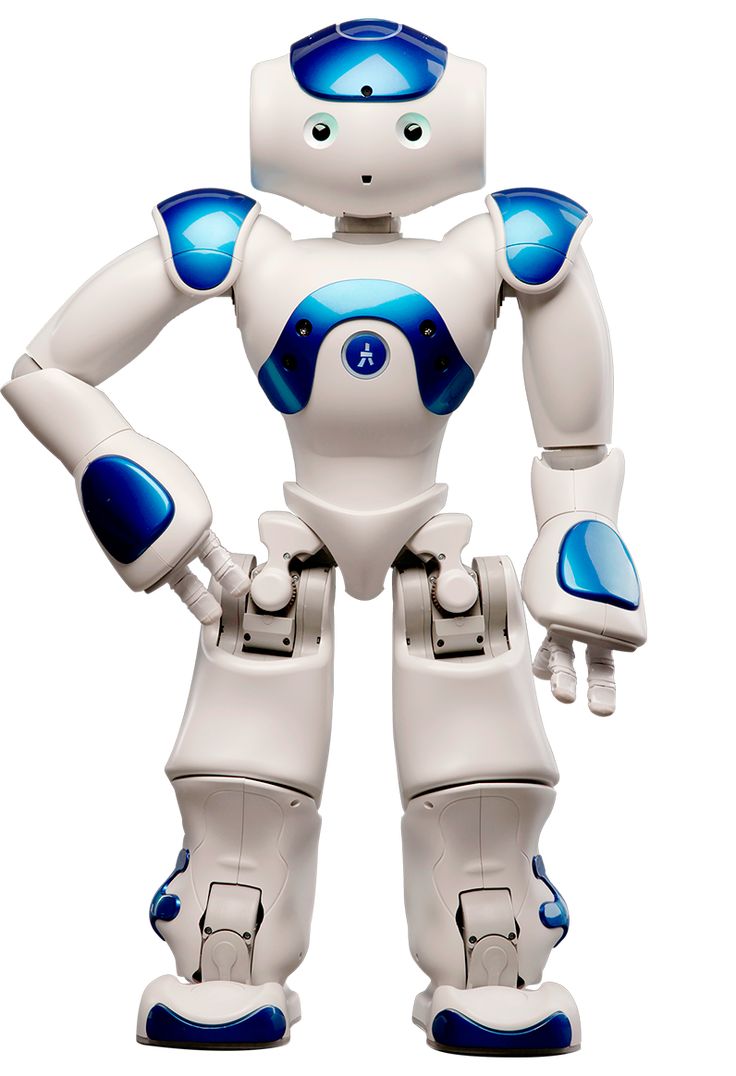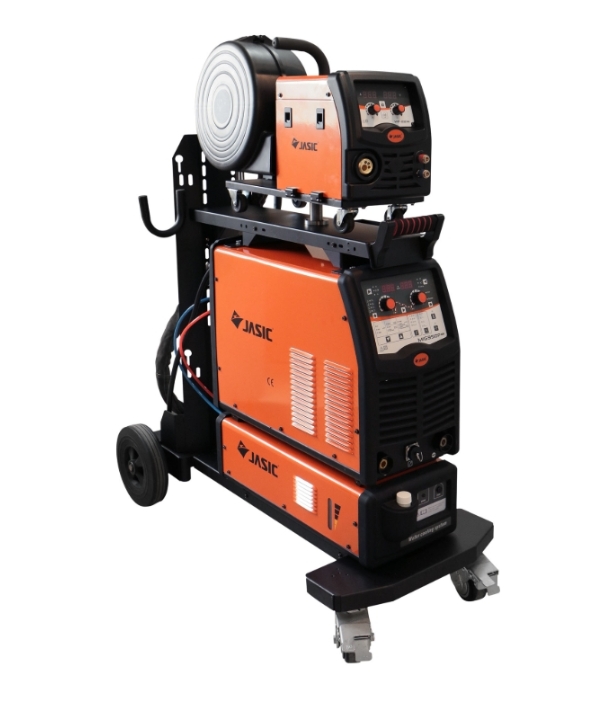Researchers from the University of Illinois Urbana-Champaign and Princeton University have made a significant leap forward in developing insect-sized hopping robots capable of performing tasks in small spaces. These click bug-sized robots are small enough to fit in tight spaces and powerful enough to navigate obstacles, opening new possibilities for robot jobs in various industries.
Inspired by the anatomy, mechanics, and evolution of the click beetle, the researchers have been studying this fascinating insect for the past decade. A 2020 study revealed that the click beetle's super-rapid energy release from a coiled muscle in its thorax enables it to travel through the air many times its body length and roll over if it lands on its back.
Mechanical engineering professor Sameha Taufik explained, "One of the main challenges of small-scale robotics is to find a design that is small but powerful enough to move over obstacles or quickly leave dangerous places."
The team used tiny coiled actuators that pulled on a rod-shaped mechanism, causing it to slowly bend and store elastic energy until it was released, propelling the robots upward. This process, called the dynamic folding cascade, is simple compared to the click beetle's anatomy, allowing the researchers to work and make parts on such a small scale.
Guided by biological evolution and mathematical models, the team built and tested four variants of the device, settling on two configurations that can successfully jump without manual intervention. The study involved scientists from the University of Birmingham, the University of Oxford, and the University of Texas at Dallas and was supported by DARPA, the Toyota North American Research Institute, the National Science Foundation, and the Royal Society.
These insect-scale robots hold great potential for various robot jobs, particularly in maintaining large machines such as turbines and jet engines. By getting into tight spaces to take pictures and identify problems, these robots can revolutionize maintenance processes.
Additionally, Taufik envisions that these robots could be useful in modern agriculture. "Currently, scientists and farmers use drones and rovers to monitor crops, but sometimes researchers need a sensor to touch a plant or take a picture of a very small detail. Insect-scale robots can do it," he said.
As the development of insect-sized hopping robots continues to evolve, the potential for hiring robots for various robot jobs in maintenance and agriculture becomes increasingly promising. Stay tuned for more exciting advancements in small-scale robotics and their real-world applications.














